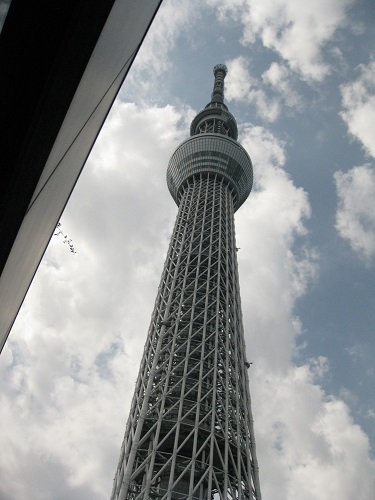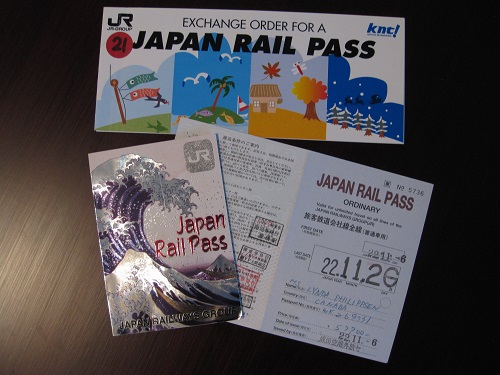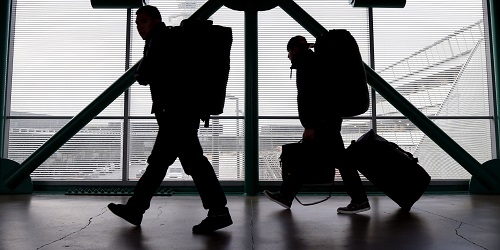
Tokyo SkyTree
Organizing a 3-month private stay to study Ikebana (flower arranging) in Tokyo is not unlike other major event planning. Not nearly as onerous or involved as coordinating a Japan/Canada home stay exchange program for 25-30 adolescents (which I did for 10 years), and not quite as much grief as a wedding, but it’s up there.
Fortunately, today excellent apps and sources are readily available on the Internet making the process much less stressful than even a decade ago. After securing a place in the Sogetsu School’s International Class, over several months I worked on the 9 following steps.
1. Finding an apartment.
- As there are many levels of fees and conditions which apply to property rental, it’s important to do meticulous research. Both companies offering short term rentals to non-Japanese or private, unregulated home-sharing options abound.
- I opted for a well-established company whose staff was skilled in English. I selected a fully furnished studio in a a quiet area near a park and a short walk from the school.
2. Booking flights and specifying special meals.
3. Obtaining secure Wi-Fi and a SIM card for my phone.
- Since my rent includes secure Wi-Fi, I was saved considerable expense of renting portable Wi-Fi. In the past I used Japan Wireless and enjoyed reliable, secure access in remote areas. The convenience of safely running multiple devices on the service was definitely worth the cost.
- Non-Japanese without a resident’s card are not eligible for mobile phone plans in Japan. However, some short term rental plans (up to 3 months) are offered to tourists and business people. These are not cheap, and plans vary considerably from one purveyor to the next. Due diligence is required.
- Japan Travel SIM offers a convenient plan which rents SIM cards. It also lists all the phones which they have tested for compatibility with their cards. In my case, that meant buying a new phone. As a result, in addition to having full access to numerous apps and a phone number specific to Japan, I now have enough oomph in the phone’s camera to leave my digital pocket Canon behind.
4. Choosing the appropriate rail pass or prepaid travel card.
- When traveling over considerable distances around Japan, a JR Rail Pass reduces costs considerably. HyperDia website, which lists routes, ticket prices and schedules, helps to determine whether a pass is good value for the money. Since my travel will generally be local this time, loading a Suica or Pasmo card is the way to go.

JR Rail Pass Voucher and Passes
5. Ascertaining the national holiday periods.
- Anyone who dislikes a crush and over-priced hotels (if any are available) will plan excursions at other times. Also, many venues are closed on those days.
- Depending on the season, holidays may also involve festivals and events worth attending. Numerous websites list what’s happening in various areas.
6. Registering at the Embassy.
7. Double checking guidelines for medications. Filling prescriptions.
- Special advance permission is required to bring a number of prescription medications into Japan. Some are not allowed. In addition, over the counter medications or supplements common elsewhere may be disallowed or restricted. Guidelines are listed on Japan Customs and Embassy websites. A top American executive at Toyota was arrested for infractions in 2015. Take note and follow the rules.
8. Taking care of business at home and away.
- Remember that Japan is still very much a cash culture and purchase sufficient yen. Have resources for emergencies.
- Arrange banking, check bank-card expiry dates, double-check scheduled payments. Top up home and health insurance plans to cover the period of absence, the value of items taken along, as well as repatriation of remains.
- Update general Estate information for your Executor and the person holding your Power of Attorney. Also provide them contact information for a Japanese speaking lawyer.

Photo Credit to AP/Nam Y. Huh, File
9. Being ruthless about what (not) to take along. (The hardest step.)
- This step is a much greater challenge for women than men. For trips of 4-6 weeks I manage easily with one carry-on suitcase containing a business-casual wardrobe which can be dressed up or down and a tech bag.
- I have it down to a fine art. Not counting yoga wear which doubles as lounge wear, I take only 3 bottoms, 8 tops and 2 pairs of shoes. All items coordinate with each other, are previously worn and guaranteed to be comfortable.
- The Be More with Less challenge to limit personal wardrobes to no more than 33 pieces is a handy guideline. I have fewer than 30. No problem.
- However, for this extended stay I need to pack flower arranging tools as well as bulkier winter footwear. Therefore, I added a 26-inch suitcase. Ironically, my airline permits two checked bags for free; however, if my one bag is overweight I will be fined $100. Ouch!
- I can’t physically manage all the luggage the airline allows. Public transit in Japan also can’t accommodate it, and the cost of a taxi from Narita Airport into Tokyo is triple the airline’s overweight charge. Ouch again!
- Though I could arrange to have my bags shipped to my apartment (which is what Japanese people would do), I prefer to manage on my own. Therefore, I have been fastidious about weight reduction: no duplicates and barest necessities or must have personal brands.
I know I said 9 steps, but the next two are seasonal and personal additions which bring me joy. I’ve added them as bonus points.
10. Scheduling three months of e-birthday cards for delivery on the appropriate date.
11. Preparing for Christmas and New Year’s Eve away.

Tokyo Tower at Christmas Time Photo credit
- Since I will be in Japan over the Christmas season, I have preprinted address labels ahead of time. As always, my nearest and dearest will get a card.
- I have copied all my favourite CDs to a flash drive in order to enjoy my vast collection of esoteric Christmas music not available on other streams. In Dulce Jubilo.
- I plan to pick up champagne in the duty free stores.
When taken in gradual increments, the planning process is a serene undertaking and keeps a joyful, anticipatory buzz going. Well ahead of departure everything is arranged.
Currently, building up to the 2020 Olympics, Japanese National Television (NHK) is promoting Tokyo as a place for people to live out their dreams. I’m set to give it my best shot.
